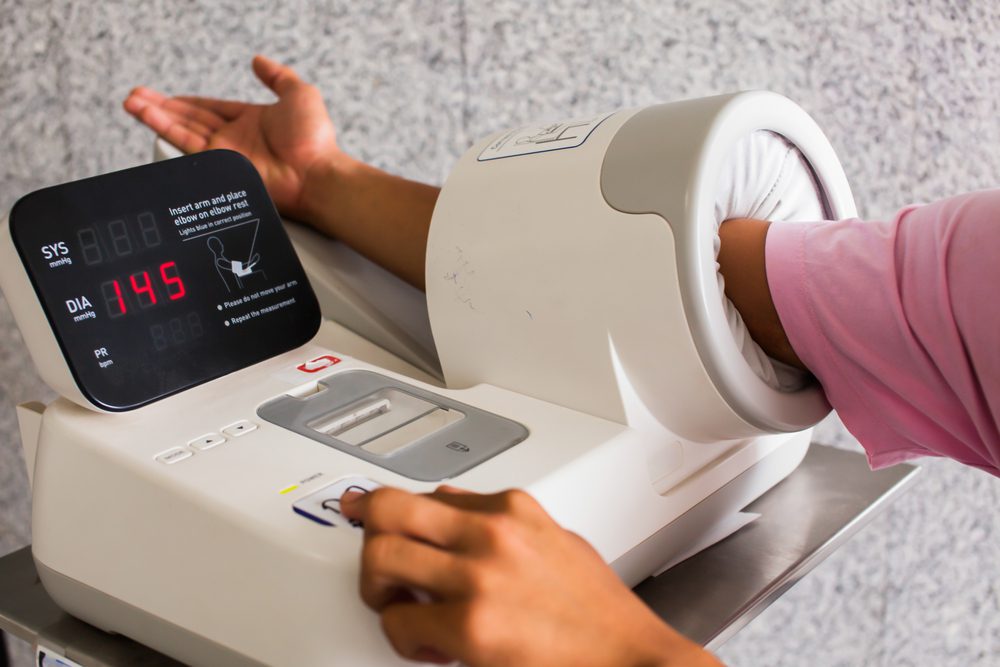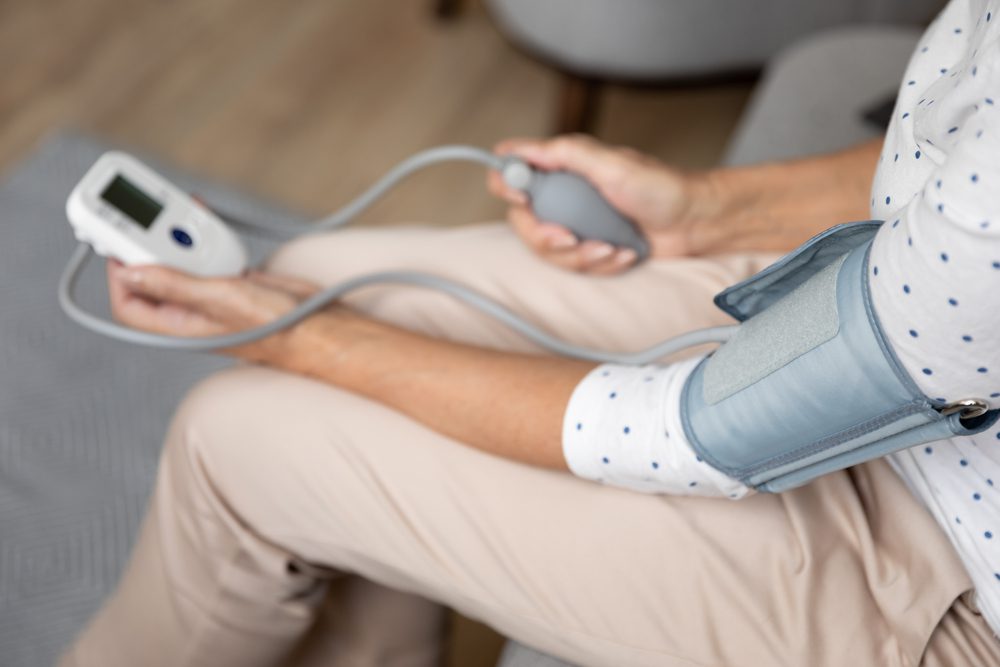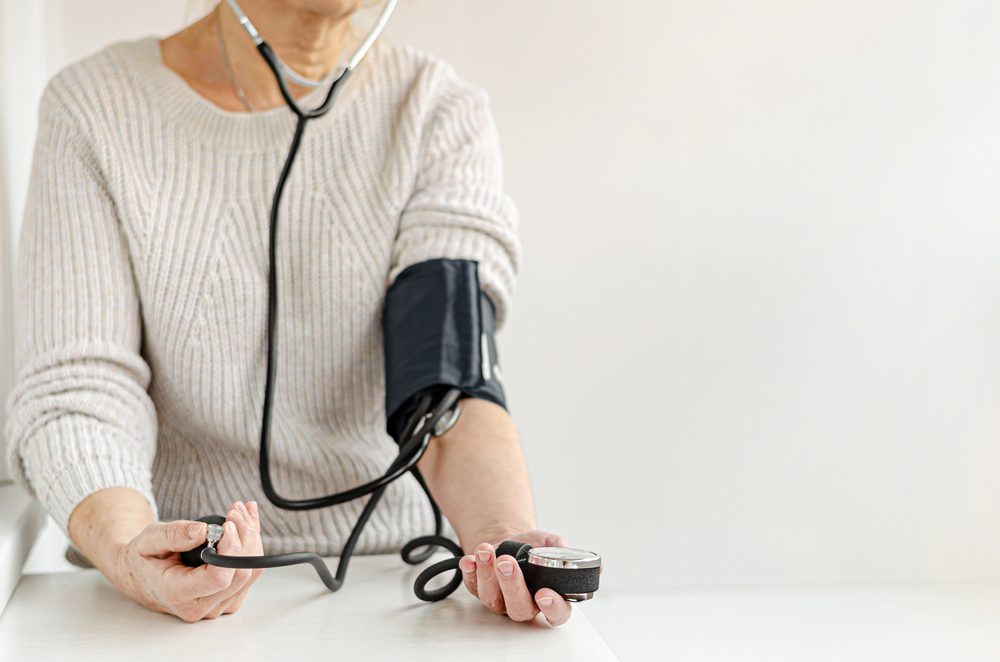
Your blood pressure is the one that gives you clues on how much work your heart is up to, pumping your blood through your arteries. In fact, this is probably one of your body’s vital signs. As you probably know by now, suffering from hypertension can be very harmful to your health in so many ways.
In time, it can damage your vital organs, such as your heart, kidneys, and brain. This is one of the reasons why it’s so important to always keep an eye on the results and numbers, and take all the needed steps to manage them before it causes you any more problems.
One of the ways through which you can keep track of it is to monitor it at home, using just an automated machine, or even doing it manually. This article will help you with this matter, and walk you through how to use these machines, alongside many other tips on how to make sure you know how to correctly read the results.
What do blood pressure readings tell you?
Generally, you will measure it by using two different readings. If you don’t know how to read them, this is what they mean:
- systolic pressure – the first reading is known as your systolic pressure. It’s the first
- diastolic pressure – the second reading is representing your diastolic number. It is the second or bottom number. Diastolic pressure is the one that measures the diastolic number. It’s the second or bottom number. It also measures the pressure inside your arteries, when the heart is relaxing between beats.
As an example, you might notice that your blood pressure is written as 117/80 mm Hg (millimeters of mercury). In this situation, the systolic pressure is 117 and the diastolic pressure is 80. Regular blood pressure has to be less than 120/80 mm Hg.
The number might differ for various reasons. Higher numbers in these measurements might be a sign that your heart is doing extra work to pump blood through your arteries. This also might indicate an external trigger, as if you’re feeling stressed or scared.
When this occurs, it might cause your blood vessels to narrow. If you want to learn how to check it all by yourself, the best thing to do is to first check with your doctor or healthcare professional if this is the way through which you can monitor and record it.
Why? Because perhaps they’d want you to use the machine either before or after you take a certain pill, or at different times during the day, either when you’re stressed.
How to use the automated blood pressure machine
The easiest way to measure your blood pressure is to buy an automated cuff. Automatic machines are pretty simple to use, and they’re also good for you if you suffer from any hearing impairments.
These types of blood pressure cuffs have a digital monitor that will show the reading on a screen. You can buy these online, at most grocery stores, or at a health food store.
In fact, the American Heart Association (AHA) would rather recommend you an automated, upper arm monitor for at-home use. But keep in mind that an automated machine will always give you a different reading than manual reading.

How to check your blood pressure manually
In order to take your blood pressure manually, you have to use a cuff with a squeezable balloon and an aneroid monitor, which is also known as a sphygmomanometer, and a stethoscope. If you can ask someone to monitor you, that would be great. Then, keep this in mind:
- Before taking your blood pressure, ensure you’re relaxed first. Then, position your arm straight, palm facing up on a level surface, as a table.
- Then, place the cuff on your bicep and squeeze the balloon, so you can inflate the cuff.
- Use the numbers on the aneroid monitor, and inflate the cuff about 20-30 mm Hg over the normal blood pressure. If you don’t know what’s the normal blood pressure, the best thing is to ask your doctor exactly how much you should inflate the cuff.
- So when the cuff is inflated, place the stethoscope with the flat side down on the inside of your elbow crease, then toward the inner part of your arm, where the major artery of your arm is located. Make sure you test the stethoscope before you use it. Truth to be told, we strongly recommend you have a high-quality stethoscope.
- Then, deflate the balloon slowly as you listen through the stethoscope to hear the first “whoosh” of the blood flowing. Then, remember THAT number, because that’s your systolic blood pressure.
- You will hear at some point the blood pulsing, so keep on listening and allow the balloon to slowly deflate until the rhythm stops. When the rhythm stops, record the measurement, because THAT’S your diastolic blood pressure. You will record the blood pressure as the systolic over the diastolic, like 115/75.

How to use your blood pressure cuff
In order to get the most accurate reading, keep in mind the following:
- You have to try the blood pressure cuff first, to see if it’s the right size for you. Cuffs might come in different sizes, including pediatric sizes if you have a tiny arm. Normally, you should be able to slip one finger between your arm and the deflated cuff.
- Avoid smoking, drinking, and doing any kind of exercise for 30 minutes before taking your blood pressure.
- Then, be sure you sit with your back straight and your feet flat on the floor.
- Take the blood pressure at different moments during the day, and record the exact number you had each time you took the blood pressure measurement.
- Rest for a couple of minutes before taking your blood pressure.
- Take two readings every time in order to make sure they’re correct.
- Bring your own at-home monitoring device to your doctor’s office to be sure it’s working properly and to calibrate it.
Apps that can track your blood pressure
There might be some apps that promise to check your blood pressure without the need for equipment, however, this isn’t actually the most accurate and reliable method. But if you’re still curious to try an app, we encourage you to do so, as they might help you track your results.
This can prove to be very helpful when it comes to identifying patterns in your blood pressure. Your doctor might use this info to determine if you need blood pressure medications. Some of these free apps include:
- Blood Pressure Monitor – Family Lite for iOS
- Blood Pressure for Android
- Blood Pressure Companion for iOS and macOS
These apps can make all of this much easier for you. They can measure your blood pressure regularly on the same arm and can help you keep track of the resulted readings more accurately.
If you enjoyed reading this article, we also recommend reading: Thinking of Getting an Air Fryer? Here Are 6 Benefits of Using One!






